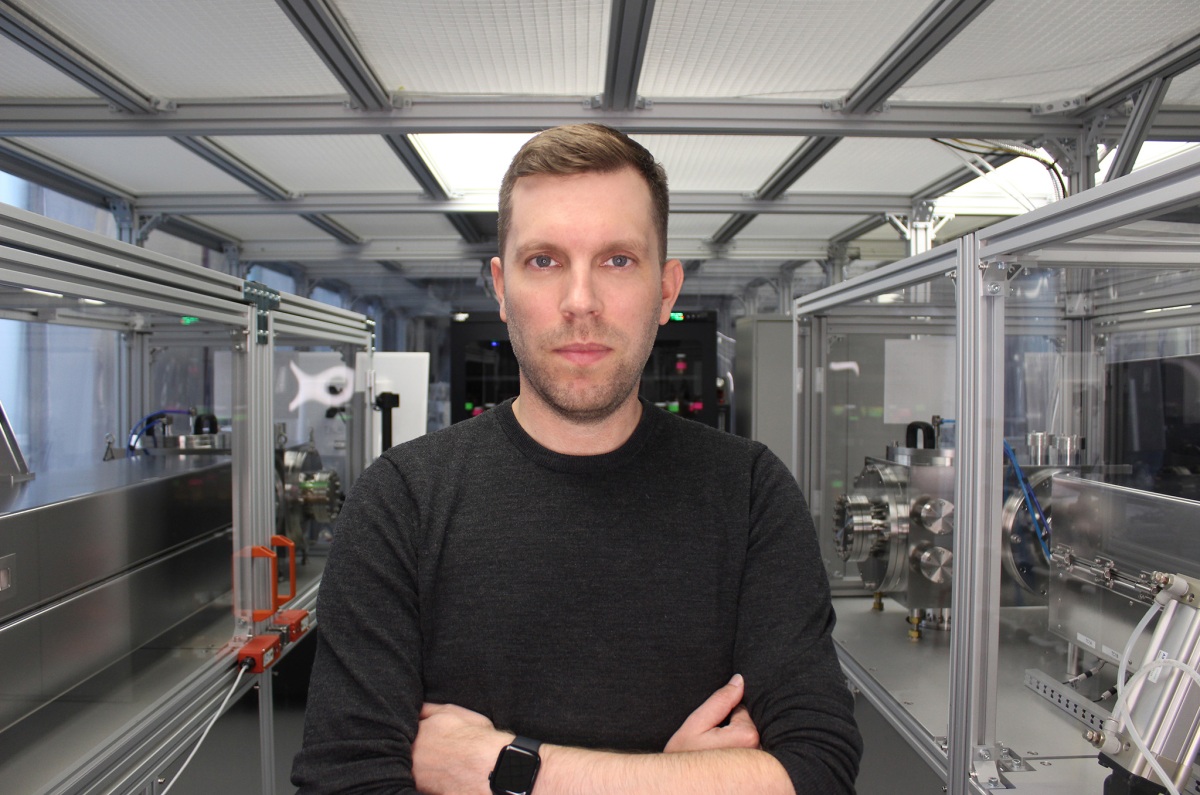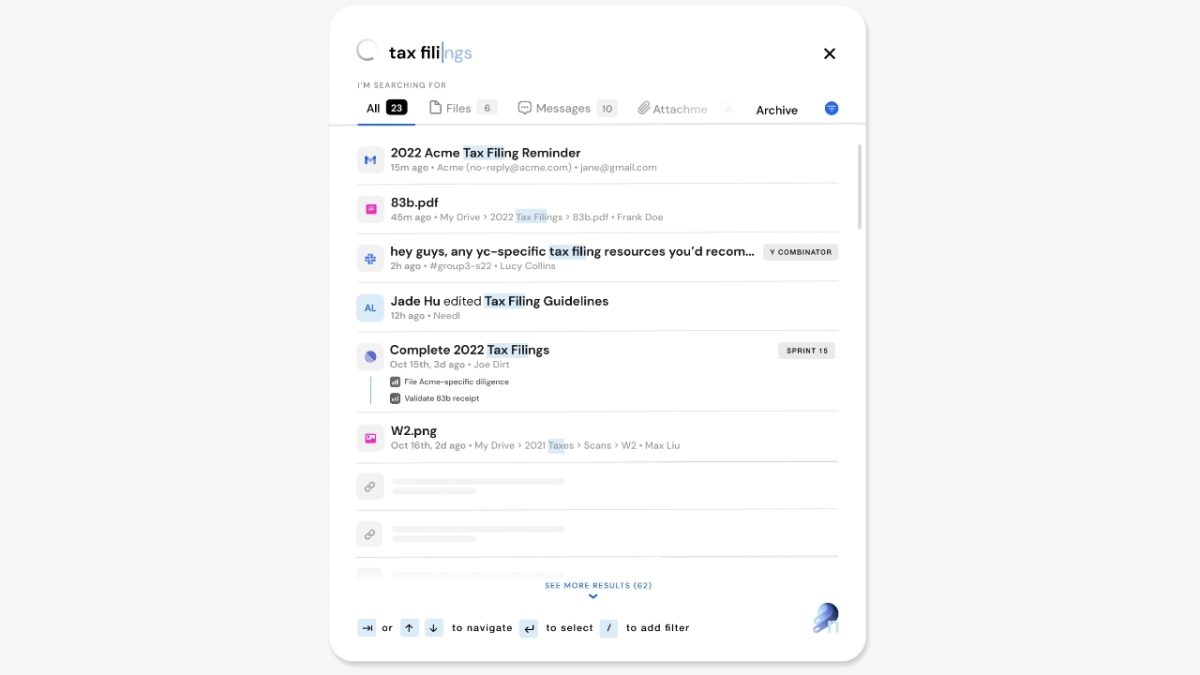Asset management firm Stone Ridge launches Bitcoin-focused accelerator program • ZebethMedia
Asset management firm Stone Ridge has launched a startup accelerator, In Wolf’s Clothing (Wolf), that will be dedicated to growing Bitcoin-focused applications, the team exclusively told ZebethMedia. The program will bring four cohorts per year, each consisting of about eight to 12 teams, or about 30 to 50 founders, to New York City from around the world for eight weeks at a time to focus on building on the Bitcoin-centric Lightning Network and Taro protocol, Kelly Brewster, CEO of Wolf, said to ZebethMedia. The Lightning Network is a layer-2 payment system built on top of Bitcoin that aims to enable faster payment transactions. Separately, Taro is a protocol that launched in April of this year to help issue digital assets on Bitcoin’s blockchain that can then be transferred to Lightning Network instantly in low-fee transactions. “They’re both generic and usable enough in such a wide range of applications that it’s like saying you’re starting an accelerator focused on HTTP,” Brewster said. “It’s a specific technology but the business use cases can be incredibly broad ranging. The fact that we’re very focused is a big part of the leg up and can be a big draw for founders.” Teams in the accelerator will range from small startup teams to early-stage companies. They will receive individual investments of $250,000, while one winner of the cohort will get an additional $500,000 for a total of $750,000, Brewster said. Some themes Brewster is interested in seeing startups expand upon include micropayments and tipping through Lightning and Taro. NYDIG, a subsidiary of Stone Ridge, is also supporting the accelerator, alongside mentorship and investments from Bitcoin-focused venture capital firms and operating companies. The names of companies providing outside capital will not be released, Brewster said. However, he added that all investors and mentors are already working with Bitcoin and Lightning. “That ranges from specialized VCs dedicated to Lightning up through public companies in fintech and banking.” Prior to this role, Brewster was NYDIG’s chief marketing officer and he has worked for Stone Ridge for about six years. Before that, Brewster spent almost 10 years at Goldman Sachs “in a variety of roles,” he said. “Over the past six years, I’ve had the opportunity to help start a number of businesses and I’ve fallen in love with the process of taking an idea and turning it into a real thing.” Lightning Network is a layer-2 payment protocol built on top of Bitcoin that aims to provide instant payments and scalability at a low cost for the blockchain. It allows users to send or receive Bitcoin quickly by making transactions off the main blockchain network or, as Coinbase said, “like an HOV lane on a highway.” “At Stone Ridge, we’ve been watching Lightning for quite a while now,” Brewster said. “The network has hit critical mass over the last 12 months and there’s enough capacity now you can do real-world things pretty robustly on the network.” In the past, the network has been implemented by Twitter for users to send and receive Bitcoin “tips” through Lightning Network-focused payments app Strike. It has also been implemented in the El Salvador government-created wallet, Chivo, so citizens can complete cross-border transactions. “The growth in Lightning over the past year has been extraordinary,” Brewster said. “In some ways, it’s the perfect moment to step back and see where there is signal or just noise. Some of the clearest signals are coming from Lightning. The growth and network capacity has been hockey-sticking.” The news comes at an interesting time for NYDIG, which recently laid off about 33% of its staff, according to a Wall Street Journal report last week. In December 2021, NYDIG raised $1 billion, which valued the company at over $7 billion it said. Brewster declined to comment on the layoffs, but said, “The launch of Wolf should be a clear signal of Stone Ridge’s long-term belief and investment in Bitcoin. It’s obviously a difficult environment out there, but this is the time to make investments looking a couple years out.” There are a number of crypto accelerator programs budding across the ecosystem. Some range from layer-2 blockchain-specific accelerators like Polygon’s to general web3-focused programs like Alliance DAO. While some offer capital like Wolf plans to, others invite investors to demo days in hopes that they invest in the startups’ projects. “In times like this, the companies that get built will capture these secular trends and really take hold as they accelerate,” Brewster said. “So we think this is the perfect moment to build rather than try to do something ourselves at Stone Ridge — we want to help and empower hundreds of other founders.”









